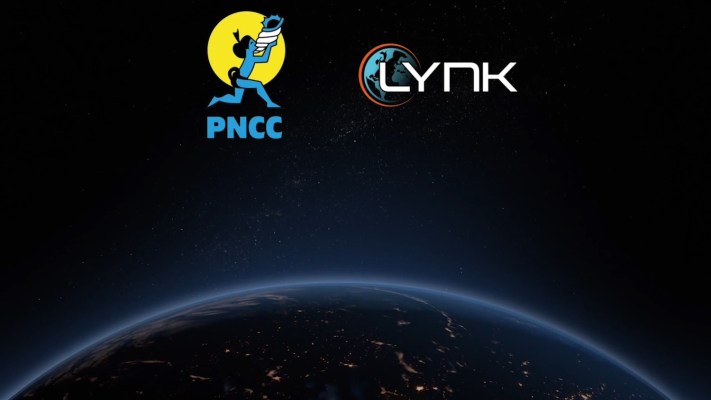Satellite-to-phone connectivity provider Lynk has made its debut in Palau, where the nation’s hundreds of islands make traditional cell coverage difficult to achieve. The company’s “cell towers in space” now cover the entire country — intermittently, but that’s a lot better than nothing, and service will improve as more satellites are added to the constellation.
Lynk is among the first of a new wave of direct satellite-to-phone providers, replacing the bulky, dedicated satphones of yore by connecting ordinary mobile devices to low Earth orbit. It’s difficult to engineer for many reasons, as you can imagine.
Apple’s SOS has the most high-profile use case, with the distinguishing characteristic of having to actually point your phone at an unseen satellite, but Lynk’s service requires no special behavior by the user — it just works like a roving cell tower, connecting when it passes overhead.
Of course that means connectivity comes and goes regularly, so depending on the number of satellites up there and their orbits, it may be as little as 30 minutes or as much as a few hours until you can reach out. That may sound inconvenient, but this isn’t meant to be an alternative to ordinary service — it’s for places where you couldn’t get service for love or money. Out in the back country, for instance, or on a remote island.
You can imagine how this could be useful, then, for a nation made up entirely of remote islands! It’s partnering with the Palau National Communications Corporation to “ensure its mobile phone subscribers have connectivity across their whole country, no matter what happens,” as CEO and founder Charles Miller put it in their press release.
“Lynk’s initial Sat2Phone service for Palau will start as a beta service in the Southwest Islands and will be extended across the country to include all remote areas, and Palau’s Maritime Economic Zone. Lynk will also be used to provide back-up services, when natural disasters hit and knock out the ground network, to enhance network resilience in this archipelago nation,” Miller continued.
Lynk’s limited presence in orbit currently means that Palau will see three connectivity windows per day now, doubling to six in the fall, then 12 in early 2024. The goal is to get most of the world covered to the point where you can expect to get signal every half hour no matter where you are. Getting a signal three times a day may not sound like much to many readers, but “something is infinitely better than nothing,” Miller pointed out.
It’s one of many nascent agreements with mobile providers around the world (which happen to be under the orbits of the initial handful of satellites), though big countries with lots of regulatory hurdles like the U.S. are still in the works. Miller said starting with Palau is a natural fit with the company’s capabilities and growth plans, as island nations have connectivity challenges uniquely served by a service like Lynk even when it is at its earliest stage.
Of course, with satellite services rolling out in various segments, you might ask: why not Starlink? Well, a stationary (or semi-stationary) receiver is great for Wi-Fi in one spot, but getting the signal to dozens of small islands at various distances and orientations requires considerable infrastructure. Starting with reliable (if not continuous) cell coverage improves safety and enables other services, like regional announcements and timely weather reports (of more than passing interest depending on the size of island you’re on).
